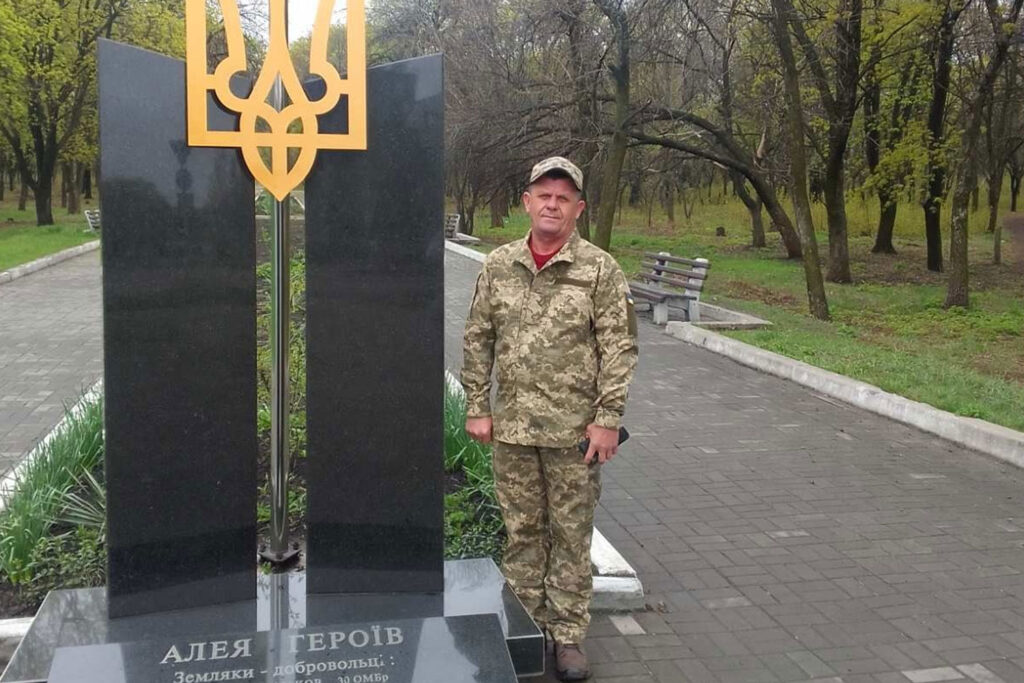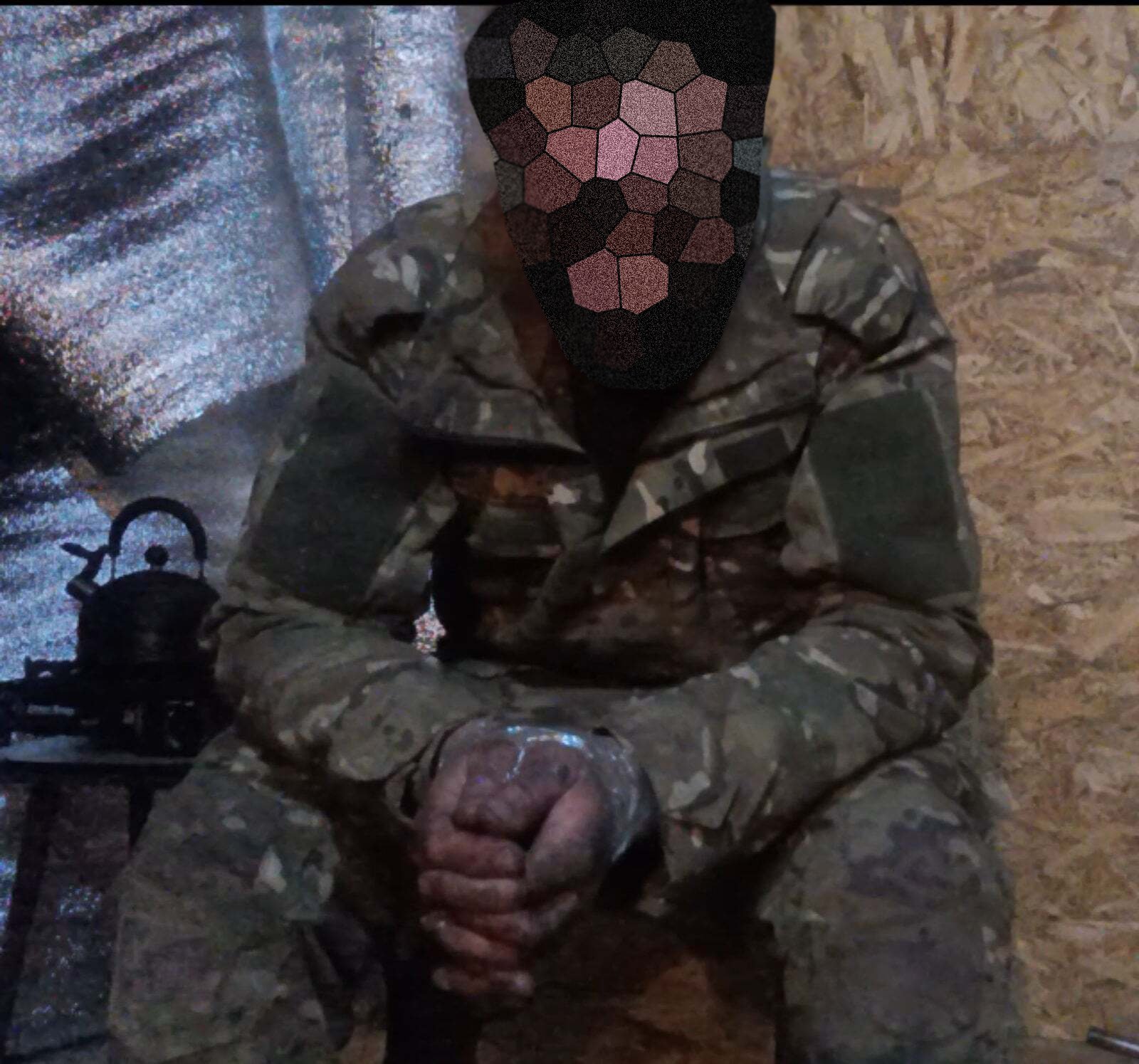Wounded, cut off and alone: Ukrainian grenadier spends three days in Russian positions and brings back a captive

A Ukrainian grenadier survived alone for days behind Russian positions and returned alive with a captured Russian soldier. The 54-year-old fighter — a construction worker from Vinnytsia Oblast —endured injuries, fear, and isolation before making it back.
Cut-off Ukrainian grenadier survives strike and isolation
Texty reports that the Ukrainian grenadier, a sergeant named Pavlo with the call sign Did (“Grandpa”), described how a mission went wrong when his squad came under heavy attack. Five soldiers from the 107th battalion were moving toward their positions on 5 November 2024 when a series of enemy munitions hit close to the trenches. He jumped out of the vehicle and was knocked unconscious by a blast. When he woke up, he realized a fragment had entered near his jaw, his arm was torn and bleeding, but his legs were intact. He wrapped his wounds with a first aid kit and checked his surroundings.
The forest was silent. The rest of the squad and the vehicle were gone. He found the wreck of their transport later, around 200 meters away, smashed by strikes. He later learned that evacuation vehicles had taken away the wounded and the dead. A fallen soldier was mistaken for him in the confusion. Alone, with no radio, he hid in a dugout as Russian artillery and drones worked the area.
Fear, thirst, and survival in the forest
Did decided not to move during the night because the darkness was absolute. The next day, Russian shelling started again. He waited, knowing that only daylight offered any chance of finding a way out. During this time, he drank water he found on the position and discovered a pack of cigarettes, which kept him calm.
The unexpected surrender
While hiding in the dugout, he suddenly heard someone calling in Russian: “Is anyone here?” At first, he thought it could be one of his own, but the accent gave the man away. He answered, “Yes, yes! Come in!” with his weapon ready.
A tall Russian soldier, close to two meters, came in shouting that he wanted to surrender. The grenadier, much shorter, let him in and sat him in a corner, suspecting a trap and glancing outside in case more Russians appeared.

The man explained he was a recruited convict, wounded and concussed, and that their positions had been left without food or water. Weak and desperate, he decided to give himself up.
Escape and return with a captive
By evening it was almost dark, and he knew it was time to try to return. Moving was difficult because the captured Russian walked slowly and was hard of hearing after the blast. The sergeant worried that the constant loud talking would give them away. At one point, he even thought about shooting him to avoid being exposed, but he could not do it. They walked about three kilometers through the forest. Luck was on their side that night, as shelling slowed and Russian troops seemed distracted.
Read also
-
Ukrainian hero saves 1,000 vehicles under fire — and surprises Bundeswehr instructor
-
Ukraine captures Russian soldier who tortured and executed Ukrainian POWs. Now he faces life in prison
-
“Existential fight against Russia’s tyranny”: Ukraine, international diplomats honor Euromaidan Revolution fallen heroes